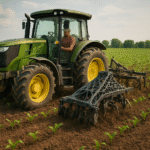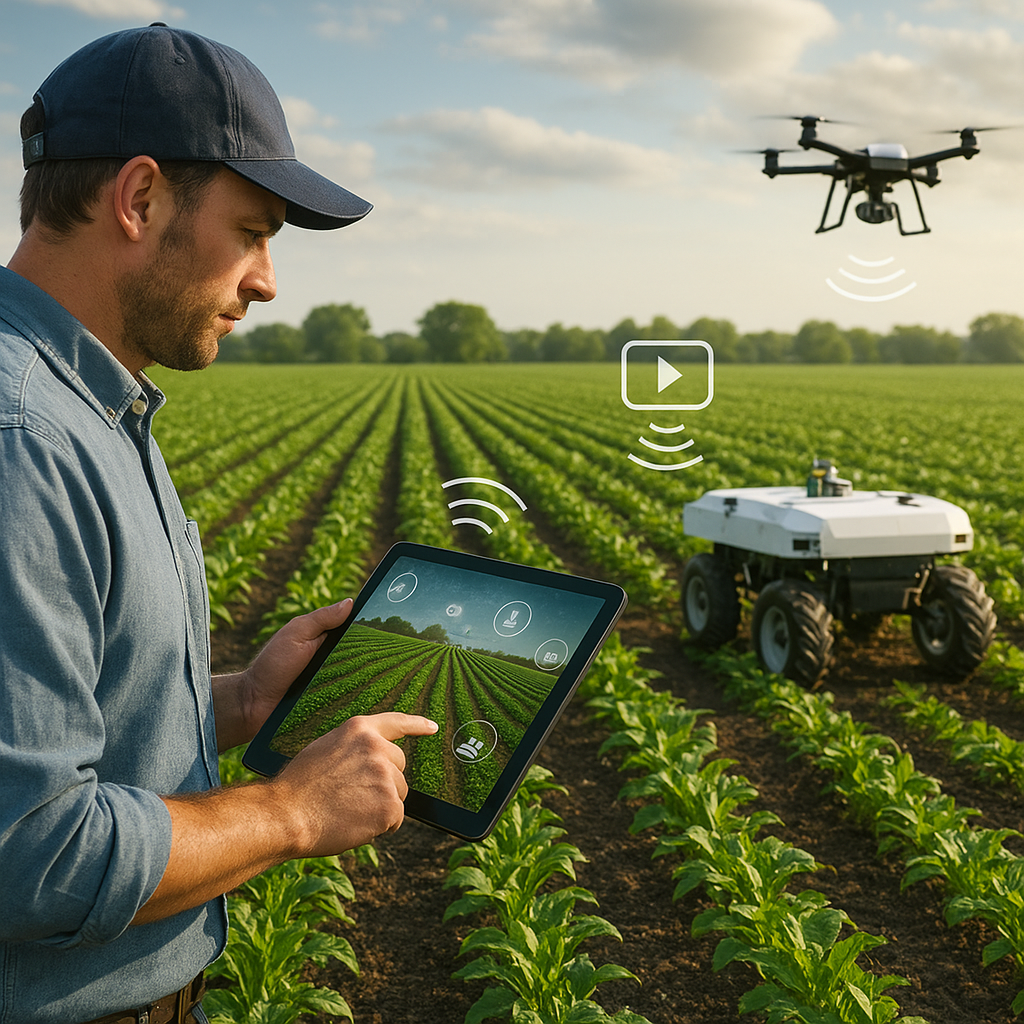Urban farming, the practice of cultivating, processing, and distributing food in or around urban areas, is revolutionizing the way we think about agriculture. As cities continue to grow and the demand for fresh, local produce increases, urban farming offers a sustainable solution that brings agriculture directly to city spaces.
The Rise of Urban Farming
Urban farming has seen a significant rise in popularity over the past decade. This growth can be attributed to several factors, including the increasing awareness of environmental issues, the desire for fresh and locally sourced food, and the need for sustainable living practices. Urban farming encompasses a variety of methods, from rooftop gardens and vertical farms to community gardens and indoor hydroponic systems.
Environmental Benefits
One of the primary drivers behind the rise of urban farming is its potential to address environmental concerns. Traditional agriculture often involves long supply chains, which contribute to greenhouse gas emissions through transportation and storage. By growing food within city limits, urban farming reduces the need for transportation, thereby lowering carbon footprints. Additionally, urban farms can utilize organic waste from the city as compost, reducing landfill waste and promoting a circular economy.
Health and Nutrition
Urban farming also plays a crucial role in improving public health and nutrition. Access to fresh, locally grown produce can help combat food deserts—areas where residents have limited access to affordable and nutritious food. By bringing agriculture closer to urban populations, urban farming ensures that more people have access to fresh fruits and vegetables, which are essential for a balanced diet. Moreover, urban farms often engage in educational initiatives, teaching communities about healthy eating and sustainable practices.
Innovative Urban Farming Techniques
Urban farming is not limited to traditional soil-based methods. Innovations in technology and farming techniques have paved the way for more efficient and space-saving practices. These innovations are particularly important in densely populated urban areas where space is at a premium.
Vertical Farming
Vertical farming is one of the most promising urban farming techniques. By growing crops in stacked layers, vertical farms maximize the use of space and can produce a significant amount of food in a relatively small area. These farms often use hydroponic or aeroponic systems, which allow plants to grow without soil by using nutrient-rich water or mist. Vertical farming can be implemented in various urban settings, from repurposed warehouses to specially designed high-rise buildings.
Rooftop Gardens
Rooftop gardens are another innovative solution for urban farming. These gardens transform unused rooftop spaces into productive agricultural areas. Rooftop gardens not only provide fresh produce but also offer additional benefits such as reducing urban heat islands, improving air quality, and enhancing the aesthetic appeal of buildings. Many cities around the world have started to encourage rooftop gardening through incentives and supportive policies.
Community Gardens
Community gardens are collaborative projects where urban residents come together to cultivate a shared piece of land. These gardens foster a sense of community, promote social interaction, and provide educational opportunities for people of all ages. Community gardens can be found in various urban settings, including vacant lots, parks, and schoolyards. They play a vital role in promoting food security and empowering communities to take control of their food sources.
Challenges and Future Prospects
While urban farming holds great promise, it also faces several challenges. One of the main obstacles is the availability of space in densely populated cities. Securing land for urban farming can be difficult and expensive. Additionally, urban farmers must navigate complex regulations and zoning laws that may not always be favorable to agricultural activities.
Technological Advancements
Despite these challenges, technological advancements continue to drive the growth of urban farming. Innovations such as automated farming systems, artificial intelligence, and the Internet of Things (IoT) are making urban farming more efficient and scalable. These technologies enable precise monitoring and control of growing conditions, leading to higher yields and reduced resource consumption.
Policy Support
Government policies and support are also crucial for the success of urban farming. Many cities are recognizing the benefits of urban agriculture and are implementing policies to support its growth. These policies may include tax incentives, grants, and the integration of urban farming into city planning. By creating a favorable environment for urban farming, cities can promote sustainable development and improve the quality of life for their residents.
Conclusion
Urban farming is transforming the way we think about agriculture and food production. By bringing agriculture to city spaces, urban farming offers a sustainable solution to many of the challenges faced by modern cities. From reducing environmental impact to improving public health and fostering community engagement, the benefits of urban farming are far-reaching. As technology continues to advance and cities become more supportive of urban agriculture, the future of urban farming looks promising. It is an exciting time for urban farmers and city dwellers alike, as they work together to create greener, healthier, and more sustainable urban environments.










